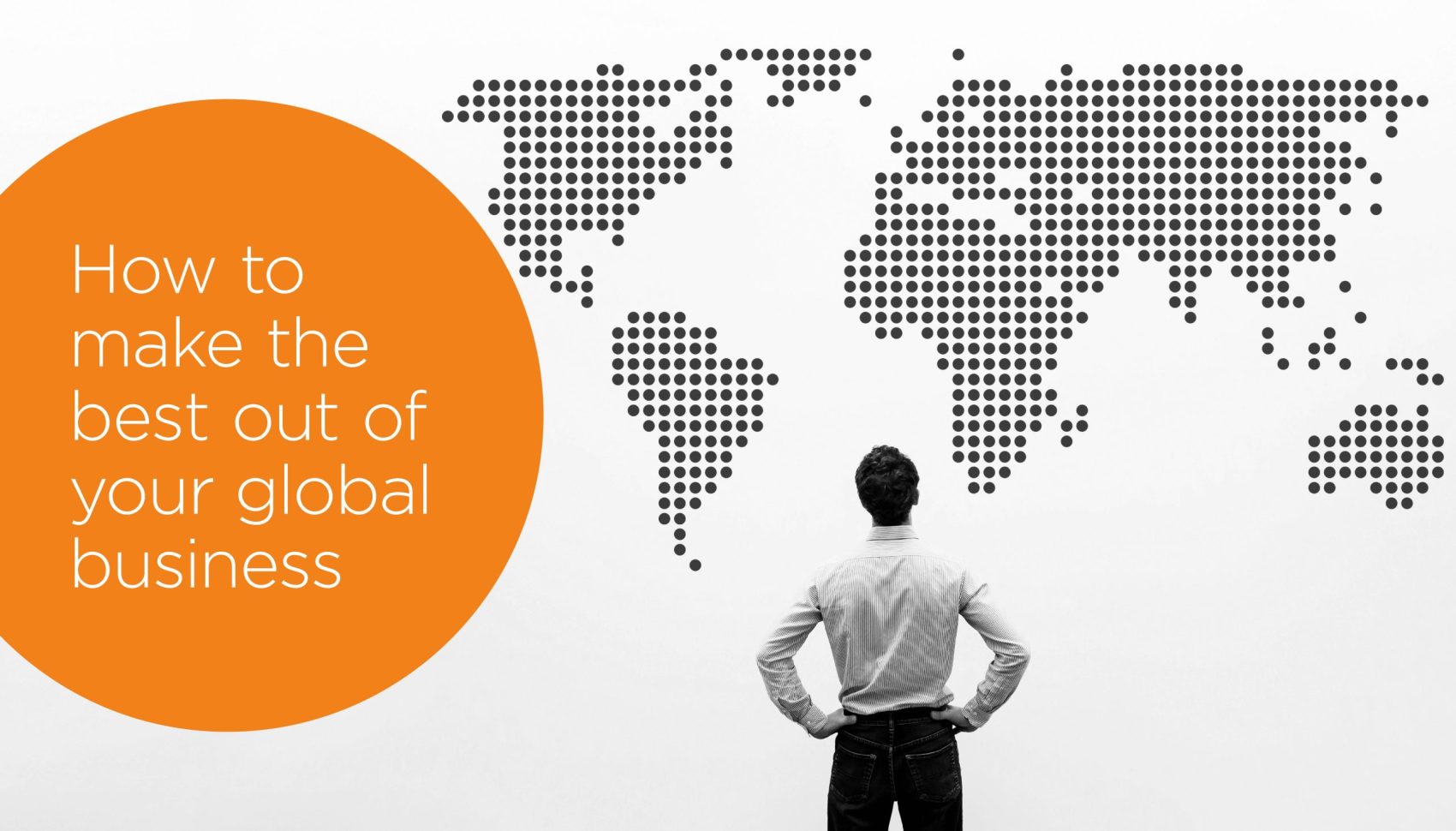We live in a globalised world. We also live in times of unrest and instability. Countries’ economies, currencies and exchange rates are fluctuating constantly and global businesses must be ready to adapt their marketing strategies accordingly.
Instead of reacting to every shift in the global market, it's best to come up with a plan on how to utilise your organisation’s assets well and meet your global, regional and local requirements successfully.
But first, let’s cover what global marketing is, and how it compares to regional and local marketing.
Global vs. Regional vs. Local Marketing
Global marketing is a set of processes that includes identifying, planning and targeting customers from around the world in order to promote products and brands internationally.
Much of global marketing content is generalised so as to appeal to a maximum amount of people. Further, most companies have the potential to go global through the power of the internet and the ability to ship products worldwide. Going global can quickly and effectively expand your business.
However, global companies also need to take regional and local marketing into account when strategising.
Regional marketing is bigger than local marketing in scale but smaller than a national level. Local marketing, on the other hand, appeals to communities in more specific areas.
The two strategies focus on cultural traits to appeal to customers in more personalised ways, such as language, social values, economic statuses, geographic landscapes, accessibility and more.
Several studies, such as this one conducted by CSA Research, prove that localising your global business improves brand perception, engages customers' needs more effectively, and ultimately increases revenue.
Making the best out of your Global Business
There are many variables to consider when operating globally, especially when it comes to cost effectiveness and localised appeal. Australian brands will sometimes work with American or European agencies to help satisfy the needs of their global clientele and localise their content.
In contrast, companies must consider what is most viable with their budget. Right now, the Australian dollar is competitive, meaning that getting things done on Australian soil is cheaper than operating from foreign offices.
Understand your Target Markets
In order to craft a user-friendly product and an appealing brand for local audiences, your team must understand the market you're localising for.
Building a team that possesses in-depth knowledge of your target audience is essential. This includes identifying demands related to legislation, design and cultural nuances.
There are countless examples of localised marketing campaigns gone wrong. For example, in 2018 Dolce & Gabbana released a series of ads in China featuring a Chinese model dressed in a lavish D&G dress trying to eat pizza with chopsticks. A man was voiced over disdainfully giving her instructions on how to eat correctly.
As you can imagine, the campaign was not received well and people called it out as explicitly racist. Calls were made to boycott the brand, and Dolce & Gabbana suffered the consequences.
By truly investing in researching and understanding your local audiences, embarrassing mistakes such as this one can save you hours and countless dollars correcting errors, retesting or completely aborting the mission.
Use your tools and processes smartly
Global marketing campaigns are often multifaceted and complex. Using correct tools and processes in an effort to localise can make or break a good campaign.
For example, in the process of translating content from one language to another, it’s important to strike a balance between machine translation (MT) and manual brainpower, i.e.: good translators.
Machine translation can often be more time efficient and cost effective. Indeed, some swear by it. However, if translations go wrong, it could cost your organisation a lot of wasted dollars. By investing in highly trained translators when the need arises, you could see a high ROI (return on investment) and guarantee success in the long-run.
Be efficient with your assets
Just because your team is global, it doesn’t mean your organisation’s head office needs to tackle every operational task. Based on the head office’s location and economic situation, costs can wrack up quickly.
Assess your other offices’ locations to determine if tasks can be executed there for a lower price. Further, try to source from offices that have a similar culture and market as you but operate more cheaply.
By drawing from your already existing resources, you can still market effectively on a global scale and not blow your budget.
Final Thoughts
All organisations that operate globally want to ensure maximum success. But with fluctuating markets and shifting current events (such as the pandemic, energy crises and economic recessions) businesses need to be savvy on how to market successfully on the international stage.
By making cost-saving moves and operating smartly in localised environments, brands can be prepared for their local, regional and global requirements.
Drawing upon your already existing assets and redirecting your budget to more cost-friendly locations are pivots that can help make the best of your global business.
So what are you waiting for? Instead of reacting to the world’s constant fluctuations, start now by forming a solid strategy that will guarantee you success around the world.

